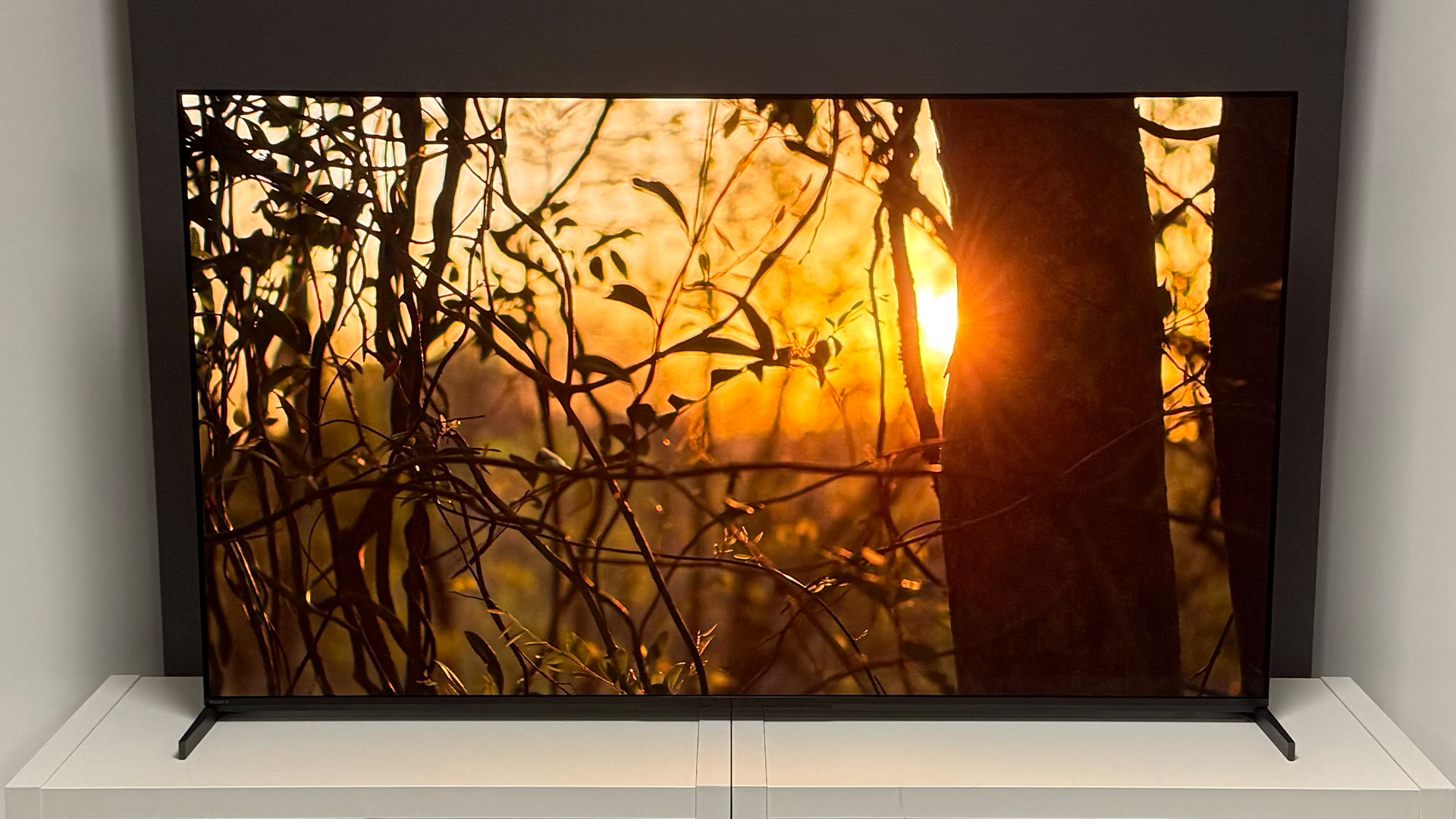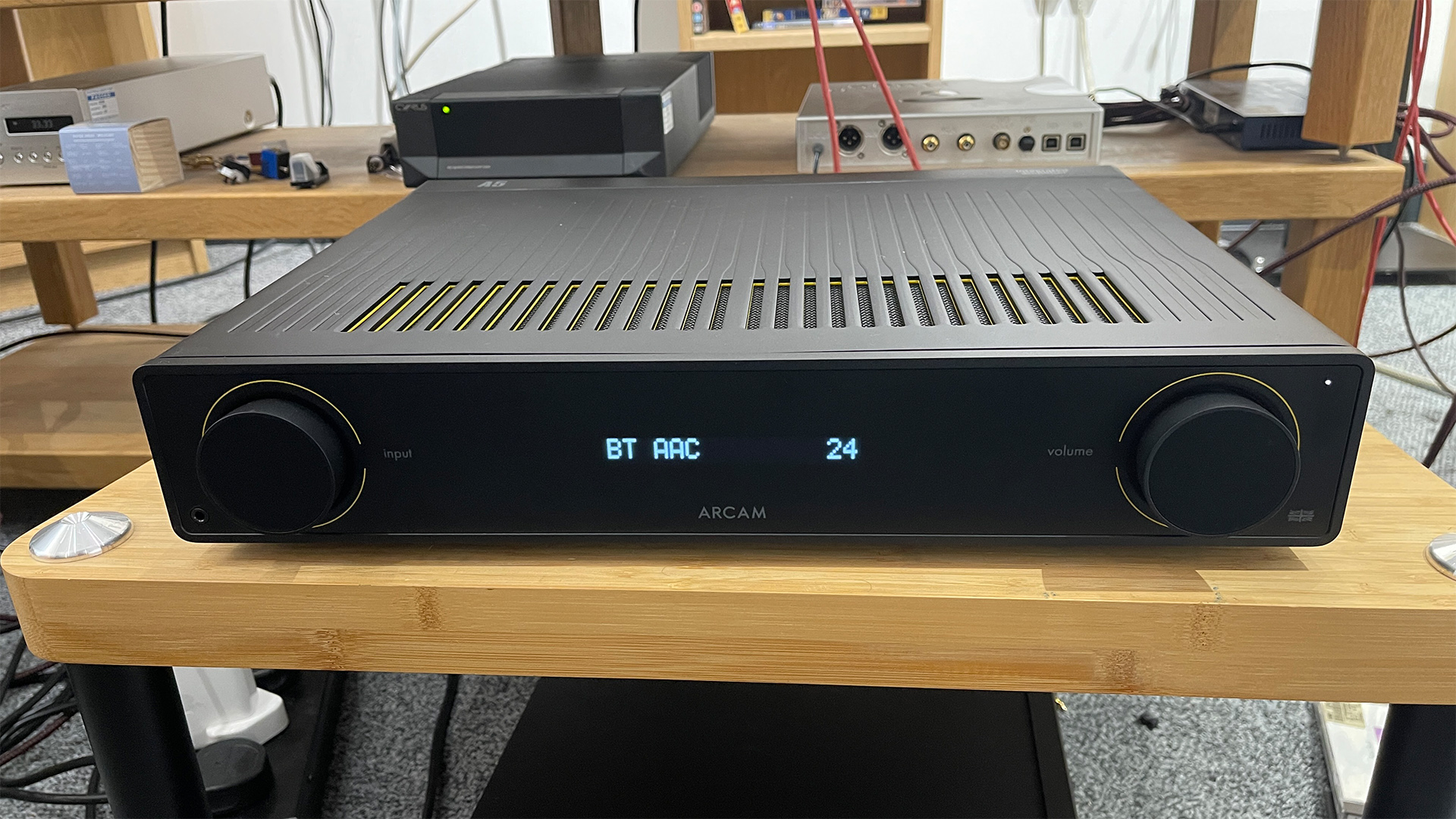A reader contacted me to ask why TVs always look rubbish in shops – this is what I told him
Is the in-your-face approach putting off potential buyers?

Last week, I was contacted by reader Peter Warnock with a question that has come up regularly in my many (some might say too many) years of reviewing TVs.
So, I figured it was about time I addressed it properly.
The question regards TVs in shops, and why they look so weird. Here's Peter's question:
"Every time I pass through a TV shop, all of the models look hyper unrealistic. I think it's something called 'the soap opera effect'. The darker colours even make CGI ridiculous.
"Is there any way to turn this crap off? Is there any way to stop this super-duper, pants, non-atmospheric, over-realistic imaging?"
What Peter is describing, using words that I wish I were allowed to use in reviews, is the 'shop' or 'retail' mode that TVs are put into when on display in most shops.
This mode turns everything up to 11. That includes the motion processing, which causes the soap opera effect to which Peter refers, and the contrast and colours, which results in that heavy exaggeration that makes even animated content look weird.
The latest hi-fi, home cinema and tech news, reviews, buying advice and deals, direct to your inbox.
Why put the TVs into this super-bright, dazzlingly vibrant, ultra-processed mode?
To grab the attention of passers-by and casual aisle-walkers, that's why. With every manufacturer and model taking the same approach, it becomes a game of who can shout the loudest.
But, as Peter has highlighted, this only serves to put off the more discerning prospective buyers.
The solution

The good news is that there is indeed a way to "turn this crap off". In fact, you don't have to turn it on in the first place.
Most TVs give you the option to set them up for either home or shop use as part of the initial setup process. Simply select home use, and you will immediately get a more natural and less in-your-face picture performance.
You can take this further – and I personally recommend that you do – by opting for the TV's Filmmaker Mode, if it has one.
This turns off most active processing and is designed to give you the most cinematically authentic picture. It won't necessarily be perfect, but it is usually an excellent starting point from which you can start experimenting.
If your TV doesn't have a Filmmaker Mode, it will almost certainly have an equivalent. In the case of Sony TVs, for example, this mode is called 'Professional'.
Audition a TV before you buy

But if you're a bricks-and-mortar TV buyer, how do you know which TV is right for you if they're all set up so badly in the shops?
Well, I obviously recommend that you use our guides to the best TVs, best OLED TVs and/or best cheap TVs to create your shortlist.
But once you've got that, head down to the shop with your favourite movie discs and ask to see the TVs you're interested in playing your content, and in the more accurate picture modes.
Any shop that won't oblige doesn't deserve your money (but do be fair to the staff and call ahead).
Tom Parsons has been writing about TV, AV and hi-fi products (not to mention plenty of other 'gadgets' and even cars) for over 15 years. He began his career as What Hi-Fi?'s Staff Writer and is now the TV and AV Editor. In between, he worked as Reviews Editor and then Deputy Editor at Stuff, and over the years has had his work featured in publications such as T3, The Telegraph and Louder. He's also appeared on BBC News, BBC World Service, BBC Radio 4 and Sky Swipe. In his spare time Tom is a runner and gamer.
You must confirm your public display name before commenting
Please logout and then login again, you will then be prompted to enter your display name.

